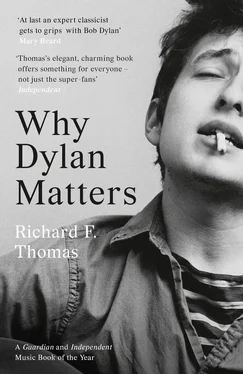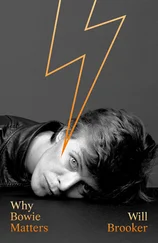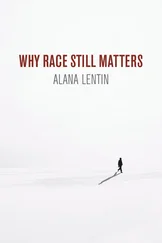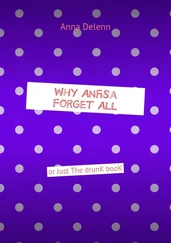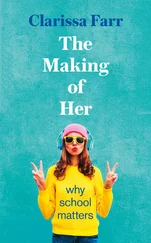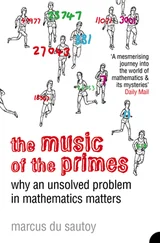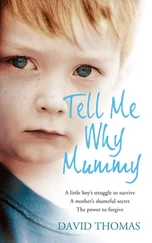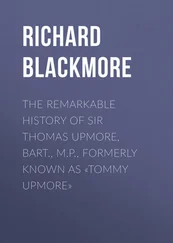The music that Dylan produced in the eight years between these two great albums indicates anything other than decline. But it’s hard to articulate the disappointment back through those years that the particular sound of Blonde on Blonde had gone away, never to return. The music he made between that album and Blood on the Tracks was all part of Dylan’s continuing evolution, particularly in mid-1967 as he worked with members of the Band, in seclusion in upstate New York. Some of this material was released on The Basement Tapes in 1975, and much of the rest was long available on unofficial bootleg versions, eventually to be released in 2014 in a six-CD set. Then came the relative simplicity of language on the 1967 album John Wesley Harding, with its biblical engagement and old-school feel. Here Dylan sang with a more spare accompaniment, turning away from the hip, mod sixties to a sound that seemed rooted in nineteenth-century Americana, a return to a new, creative version of the folk traditions that had always been in his blood. Eighteen months later, with the 1969 release of Nashville Skyline, Dylan seemed to be creating a new genre, now inventing country rock, as he had invented folk rock a few years earlier. The next year saw release of his album Self Portrait, and then New Morning. Self Portrait was hit particularly hard by critics, including by music historian Greil Marcus, who famously opened his Rolling Stone review with the words “What is this shit?” It wasn’t until 2013, when Dylan put out The Bootleg Series Volume 10: Another Self Portrait, with alternate, live, and overdub-free versions, that the brilliance of this period truly came to light, as Marcus himself would eventually acknowledge.
But the fact is that in 1975, when Dylan put out Blood on the Tracks, the world changed for those who cared about his music, maybe in part because of the sublimation of life experience into art, which is the essence of the album. Gone for now was the “old, weird America,” as Marcus had so well described it, of the songs Dylan was laying down with the Band. Gone were the eighteenth- and nineteenth-century worlds of bootlegging, hoboing, and minstrel boys on Self Portrait, gone too the country pie of Nashville Skyline. And gone was the white picket fence that New Morning had tried to build around Bob and Sara Dylan and their four children, against the odds.
Many of the songs on Blood on the Tracks were constructed through the principles and practice of painting, a skill and insight he picked up from Norman Raeben, a painting teacher in New York City, in early 1974. To be sure, Dylan attributed to Raeben the very comeback that the album represented.
I was convinced I wasn’t going to do anything else, and I had the good fortune to meet a man in New York City who taught me how to see. He put my mind and my hand and my eye together in a way that allowed me to do consciously what I unconsciously felt … when I started doing it the first album I made was Blood on the Tracks.
Dylan is characteristically vague on the actual methods or techniques, and one could claim that a song like “Visions of Johanna” from 1966 already seemed to reveal painterly qualities, but it is true that the vivid narrative technique in a song like “Simple Twist of Fate” from the new album gave it new effects that catch what he is talking about:
A saxophone someplace far off played
As she was walkin’ by the arcade
As the light bust through a beat-up shade where he was wakin’ up
She dropped a coin into the cup of a blind man at the gate
And forgot about a simple twist of fate
In a radio interview with folksinger Mary Travers in April 1975, Dylan said of Blood on the Tracks, “A lot of people tell me they enjoy that album. It’s hard for me to relate to that. I mean, it, you know, people enjoying the type of pain, you know?” That’s the point, as Dylan, here deliberately disingenuous, well knew. His artistic genius—in his words, music, and voice—create pain, but precisely because of the brilliance of his art on this album, these songs produce recompense for the loss of love and the memory of what had once been. This is the quite intentional goal of songs like “Simple Twist of Fate,” “Idiot Wind,” or “If You See Her, Say Hello.” These songs also hold the trace of a hope that all might not be lost: in “Simple Twist of Fate” the man “Hunts her down by the waterfront docks where the sailors all come in / Maybe she’ll pick him out again,” this also giving the point of view of the character in the song; or the switch at the end of “Idiot Wind” from “You’re an idiot, babe” to “We’re idiots, babe.” Sharing the blame; or at the end of “If You See Her, Say Hello,” “Tell her she can look me up, if she’s got the time”—though in other versions, any hope is pretty remote, as we’ll see. To have lived through more than forty years with all of the music and poetry of these songs, from the album and in performance, is a source of good fortune and of genuine pleasure and deep contentment, even—or especially—with the pain the album so exquisitely expresses.
Much of the album focuses on nighttime, the time of day when the relationships in its songs seem to fall apart, perhaps also the case with Dylan’s real-life relationships. The first line of the first song of the album, “Tangled Up in Blue,” seems to start on a bright note: “Early one mornin’ the sun was shinin’ / I was layin’ in bed,” but within a moment that feeling is illusory, as the relationship is suddenly no more: “Wonderin’ if she’d changed at all / if her hair was still red.” The singer’s early- morning memory eventually gets back to the evening breakup, after driving out west in a car that the couple abandons as they “Split up on a dark sad night / Both agreeing it was best.” The next song, “Simple Twist of Fate,” begins with a twilight encounter, now in third-person narration: “They sat together in the park / As the evening sky grew dark.” After a one-night stand that could in the narrator’s mind have led to something, in the morning he finds that she’s gone: “He woke up, the room was bare / He didn’t see her anywhere.” In “Meet Me in the Morning,” morning and night frame the song, which begins with “Meet me in the morning, 56th and Wabasha,” and ends with the “sun sinkin’ like a ship,” and in between “They say the darkest hour is right before the dawn.” The year after Bob and Sara Dylan’s divorce, finalized on June 29, 1977, Dylan seemed to recall this aspect of the album’s songs: “I don’t have anything but darkness to lose. I’m way beyond that.” A good deal of the melancholic and painful power of this album, whatever the realities of Dylan’s personal situation, comes from these moments, all shadows in the night, a time of day that would continue to be the temporal setting and condition for the best of Dylan’s song.
In the beautiful “If You See Her, Say Hello,” the narrator’s memories of what has been lost in the relationship also come as night falls, in the second verse: “But to think of how she left that night, it still brings me a chill,” and then again in the final verse: “Sundown, yellow moon, I replay the past.” I single out this song for its intense lyric qualities, and not so much for the painterly qualities so apparent elsewhere on the album. The gift of lyric poetry resides in its ability to precisely capture the condition of individuals in their sorrows, joys, loves and losses, desires, hatreds and jealousies. Such poetry is intimately connected to song—again, lyric from lyre, the guitar of the Greeks and Romans. Like song, it enables us to read ourselves into the situations that the poetic voice creates in aesthetically compelling modes. “If You See Her, Say Hello” is another such lyric song-poem. Its five verses are an elaboration of the title, a request by the singer for someone to say hello to a woman who walked out on him, its first verse closing with the rawness of the singer’s feelings: “She might think that I’ve forgotten her, don’t tell it isn’t so.”
Читать дальше
